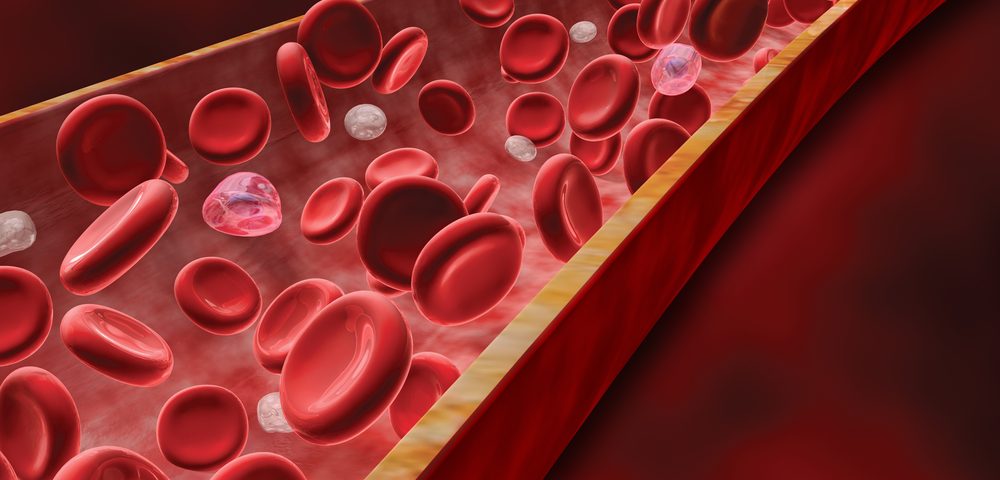The sugars that breast cancer cells shed into the bloodstream could provide an early cancer warning, according to a press release from GlycoNet, Canada’s national network of sugar science researchers.
Karla Williams, PhD, Canada research chair in oncology at the University of British Columbia, discovered that certain glycans — long chains of sugars — are found more often on the surface of cancer cells, as opposed to healthy cells.
Cells shed small fragments of themselves, called extracellular vesicles, both to eliminate waste and as a form of communication. These fragments enter the bloodstream, where they can be collected and analyzed. Because extracellular vesicles bud off from their parent cell, the glycans covering that cell surface also would coat that of the vesicles.
Williams hypothesized that patterns of these glycans might form a signature for cancer cells that could be detected in blood samples used for liquid biopsies.
At present, liquid biopsies for detecting breast cancer remain in the experimental stages. Most efforts have focused on cancer-associated nucleic acids — DNA and RNA — or proteins, such as neoantigens.
A liquid screening tool complementary to conventional tests such as mammograms could improve the accuracy of breast cancer screening and possibly serve as an earlier detection method, scientists say.
The National Cancer Institute estimates that approximately 50% of women screened annually for more than 10 years in the U.S. will receive a false-positive result — a positive reading in the absence of actual cancer. Conversely, the Institute estimates that mammograms deliver a false-negative result, saying there is no cancer when, in fact, there is, approximately 20% of the time.
Now, Williams is collaborating with Lara Mahal, PhD, the Canada excellence research chair in glycomics at the University of Alberta. Mahal is an expert in lectins, a type of protein that binds to sugars, and in the science of how glycans are transported with extracellular vesicles. The scientists teamed up after a cancer conference.
“When I saw Karla’s presentation in the conference about her work on metastatic cancer, I came to her to chat further,” Mahal said. “I suggested that we could work together on a project, combing our large-scale lectin microarray and her expertise in breast cancer.”
Williams’ lab plans to extract extracellular vesicles from the blood of healthy women and those with breast cancer. Mahal’s lab will use a large-scale molecular screening tool called a microarray that captures a wide variety and number of specific glycans to identify which are present in what proportion within a given blood sample.
By comparing the binding patterns between breast cancer and healthy samples, the collaborators hope to see which are specific to breast cancer.
“We are now at the step of conducting basic research that we believe will lead to the next diagnostic,” Mahal said. “The next step, once we determine the binding profiles of glycans from breast cancer, we will focus our efforts on specific glycans associated with breast cancer and their binding partners, i.e. glycan-binding proteins, to figure out what exactly is happening at the molecular level.”
“We expect to be able to determine which combination of biomarkers may be more definitive and effective in diagnosing early breast cancer,” Williams said, “and then we can look at different technologies that will support detection of these sugar markers in an individual’s blood.”

